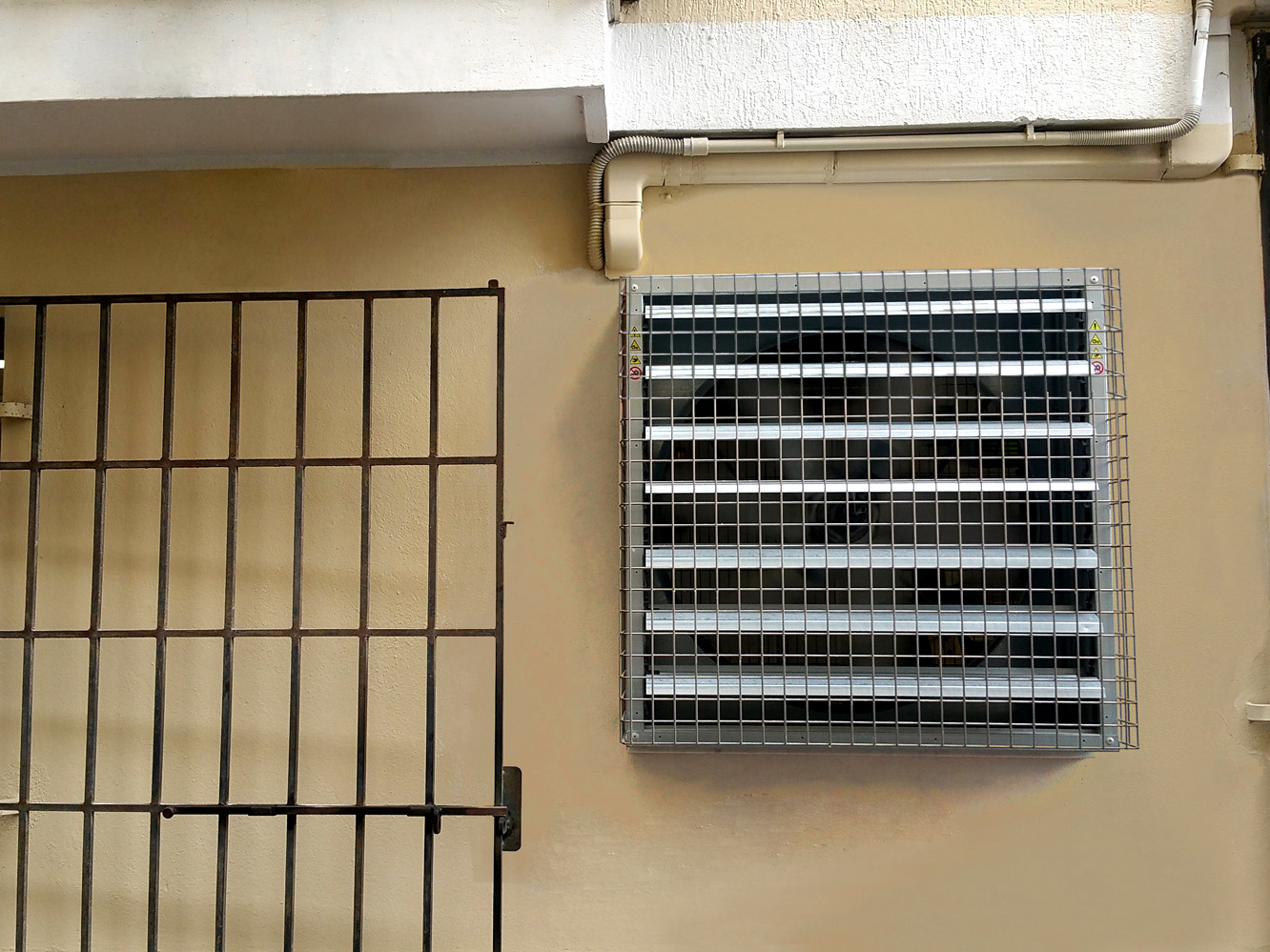Workplace air exchanges are an important factor because the quality, wellbeing, and productivity of workers depend also on good ventilation.
Legislation on this subject changes a lot from country to country: in many cases, there are specific guidelines that impose with extreme precision the measures to be taken to safeguard workers. In many others, especially in developing areas, there is still a lot of work to do to push progress and better protect people and their health.
However, it is duty of the owners to guarantee a comfortable microclimate “that creates a feeling of satisfaction towards the surrounding environment in most of the subjects”. We therefore speak of a condition of comfort.
The factors of the comfort condition
The factors that play a crucial role in achieving a comfort condition are the following:
- Thermo-hygrometric wellbeing
- Acoustic wellness
- Bright wellness
According to some studies, the thermo-hygrometric well-being is achieved depending on the relationship between subjective variables and environmental variables.
The environmental ones are within our sphere of interest and include all the factors that can absolutely be managed and controlled during the building design and afterward by installing adequate ventilation systems.
Temperature, relative humidity, and airspeed thus contribute to create a healthy and comfortable environment and they are included within the sphere of air quality.
The air quality in the workplace
In closed workplaces, the air undergoes alternations from both a physical, chemical and biological point of view.
In other words, the type of production and the human body affect the quality of the air: fumes, powders, chemicals gases, processing residues, but also unpleasant odors, sweat, and biological toxins accumulate in the environment. It becomes crucial to clean up the air in correct ways and times.
Calculate the correct air exchanges
It is estimated that each adult consumes about 250/300ml of oxygen per hour for each Kg of weight and eliminates the same amount of carbon dioxide to which it must be added 30/40gr of water vapor.
It follows that in the workplace must have at least 10m3 of fresh air renewed for each worker.
Air exchange refers to the ratio between the volume of fresh air supplied by the ventilation and the volume of the environment, carried out in a certain time (typically in one hour).
In the civil sector, air exchanges should take place with a minimum of 1 up to a maximum of 30 per hour in particular situations such as the presence of fumes or dust or crowded environments such as discotheques.
Over 90 exchanges per hour may be needed in the agricultural/livestock sector.
Ventilation systems for industrial environments
Where natural ventilation is not enough to guarantee minimum air exchanges for the worker’s well-being, it is necessary to equip the building with a modern air ventilation system and use exhaust fans.
The exhaust fans are special fans which are installed on the external walls of the shed and/or building whose main task is to absorb the hot air from the environment and release fresh air and facilitate the exchange of air.
In the wide range of fans offered by Termotecnica Pericoli, the product that best suits this type of installation is our EWD.
The EWD extractor is available in 26 “, 31” and 37 “versions.
Equipped with direct drive, it guarantees excellent reliability and a substantial reduction in maintenance (compared to traditional belt tension fans) as well as greater efficiency thanks to the reduction of energy losses. This results in reduced electrical costs and savings on maintenance costs.
The completely redesigned opening system has allowed a significant reduction in noise levels making it suitable for installations where there is a strong presence of workers.
The patented shutter opening system and the BESS Lab certification are just the cherry on the cake for a product with excellent performance.
